- Product
- Solution for
For Your Industry
- Plans & Pricing
- Company
- Resources
For Your Industry
This year, more than ever, understanding the evolving Black Friday trends is crucial for eCommerce businesses to not only prepare for the holiday season but to thrive in it. With economic fluctuations and changing consumer behaviors, 2024 presents unique opportunities and challenges that brands must navigate carefully to capitalize on this peak shopping period.
Once primarily associated with brick-and-mortar retailers, it has now become a significant eCommerce holiday. Each year, Black Friday and Cyber Monday (BFCM) bring new trends and challenges, and 2024 promises to be no different.
To better appreciate the significance of Black Friday, let’s take a closer look at some recent statistics:

Black Friday 2024 is poised for another record year. In 2023, global online sales grew 8% YoY (year-over-year), reaching $70.9 billion, driven largely by increased digital engagement and enhanced marketing strategies. The U.S. market saw online sales surge 9% to $16.4 billion, highlighting the continued dominance of eCommerce during this period.
Retailers are increasingly leveraging AI for targeted offers and personalized marketing, influencing 17% of all holiday orders in 2023. This trend, coupled with innovative fulfillment options like Buy-Online-Pick-Up-In-Store (BOPIS), which used 18.4% during last year’s online orders.
Mobile devices continue to dominate shopping channels. In 2023, 79% of Cyber Week eCommerce traffic came from mobile phones, a significant increase from previous years. This shift emphasizes the need for mobile-optimized shopping experiences, which drove more than half of all holiday season sales.
European shoppers, showed a strong preference for electronics during BFCM and men expected to spend more than women. Meanwhile, U.S. consumers spent an average of $321.41 during Cyber Five, maintaining spending levels despite economic uncertainties. More than 45% of people shop for items they’ve been eyeing for some time.
Discounts reached new highs in 2023, with categories like electronics and toys seeing the largest cuts. Globally, discount rates rose to average 27% during Cyber Week, reinforcing the importance of competitive pricing to attract deal-hungry shoppers.
As Black Friday retail sales in the US rose 5% year over year, eMarketer predicts that US holiday retail ecommerce sales will surpass previous records this year, reaching $271.58 billion with a 9.5% increase.
In the era of data, personalization has become a key driver of consumer loyalty. An overwhelming 80% of consumers enjoy shopping from brands that provide personalized shopping experiences.
Black Friday surpassed 87.2 million shoppers in 2022 to become the most popular day for online shopping, with 90.6 million U.S. shoppers making purchases.
The global spending during the holiday season hit a record $1.14 trillion, highlighting the economic significance of this period for retailers.
The most popular places to shop were mass merchants with 53% and online-only retailers with 63% at Black Friday 2023.
Electronics, apparel, furniture, toys, and groceries were among the top-selling categories during Black Friday 2023. They accounted for more than half (65%) of the $222.1 billion spent online during the 2023 Holiday Season. Understanding these trends can help retailers stock the right inventory.
Holiday participation has returned to pre-pandemic levels, reaching 95%, up from 92% in 2022. Meanwhile, 72% of consumers expect higher prices this year, slightly down from 73% in 2022, even with moderating inflation.
Omnichannel strategies, including integrated online and in-store experiences, are becoming more critical as consumers expect seamless shopping journeys.
27% of holiday shoppers are high spenders, contributing to 68% of the total holiday expenditure. These top shoppers intended to spend an average of $2,146 this season, purchasing around 10 gifts, compared to the 8 gifts bought by other shoppers.
With 60% of Gen Z respondents expressing regret, they were the group that regretted their previous Black Friday purchases the most. The Baby Boomer group was the only one who expressed no remorse over their Black Friday purchases.
Black Friday and Cyber Monday, once solely American phenomena, have transcended borders. While they originated in the US, their appeal now stretches worldwide.
According to Shopify, Canada and the UK trail closely behind the US in BFCM sales. London joins the ranks of top BFCM shopping destinations globally, sharing the limelight with cities like Los Angeles and New York City.
When it comes to the perception of Black Friday, there’s a slight gender gap. A substantial 73% of men view Black Friday as a prime opportunity to grab a great deal, while 67% of women share the same sentiment.
The projections for the Black Friday weekend are a clear sign that online spending is here to stay. Consumers are increasingly opting for the ease of online shopping over physical stores, driven by perks like free shipping, easy price comparisons, and exclusive online deals. For retailers, this means it’s time to double down on digital strategies.
This tendency also highlights the importance of an omnichannel approach. Retailers who blend the best of both worlds—online exclusives and in-store shopping experiences—will be better positioned to meet the needs of today’s shoppers.
In 2024, nearly half of consumers reported saving money specifically for Black Friday shopping. This shows just how ingrained Black Friday has become in consumer behavior, with many planning their budgets around this shopping event.
For shop owners, this is an opportunity to capture a market share with well-timed promotions and early access deals. By targeting consumers with attractive offers, businesses can ensure they’re the top choice when Black Friday arrives, and it’s time to spend those saved funds.
When it comes to Cyber Monday, people love hunting for online deals. Only 11% spend less than an hour shopping online, indicating they are committed to comparing prices, making smart choices, and consulting virtual assistants. About 13% spend over 6 hours shopping, showing a willingness to invest both time and money, making it crucial not to miss out on these engaged customers.
The leading online sales strategies used by retail players online to get the most out of peak season are:
In today’s competitive and dynamic markets, with constant price fluctuations and promotional launches, data-driven decision-making is essential. However, relying on high-quality data is crucial to developing effective sales strategies. A robust Price Monitoring software provides invaluable insights into competitor pricing trends, average market prices, and consumer behavior.
High-quality data is the foundation of any successful data-driven initiative. It ensures that the insights derived from analysis are accurate, reliable, and actionable. Key characteristics of high-quality data include:
tgndata is a comprehensive data analytics platform that can provide invaluable insights for your peak season strategy. By leveraging tgndata, you can:
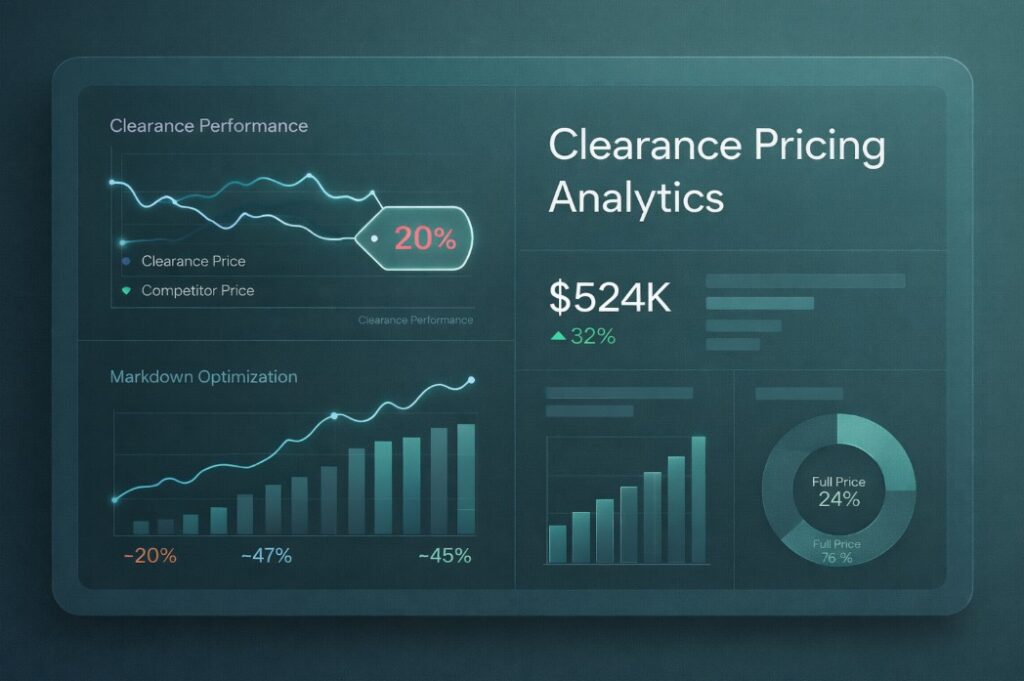
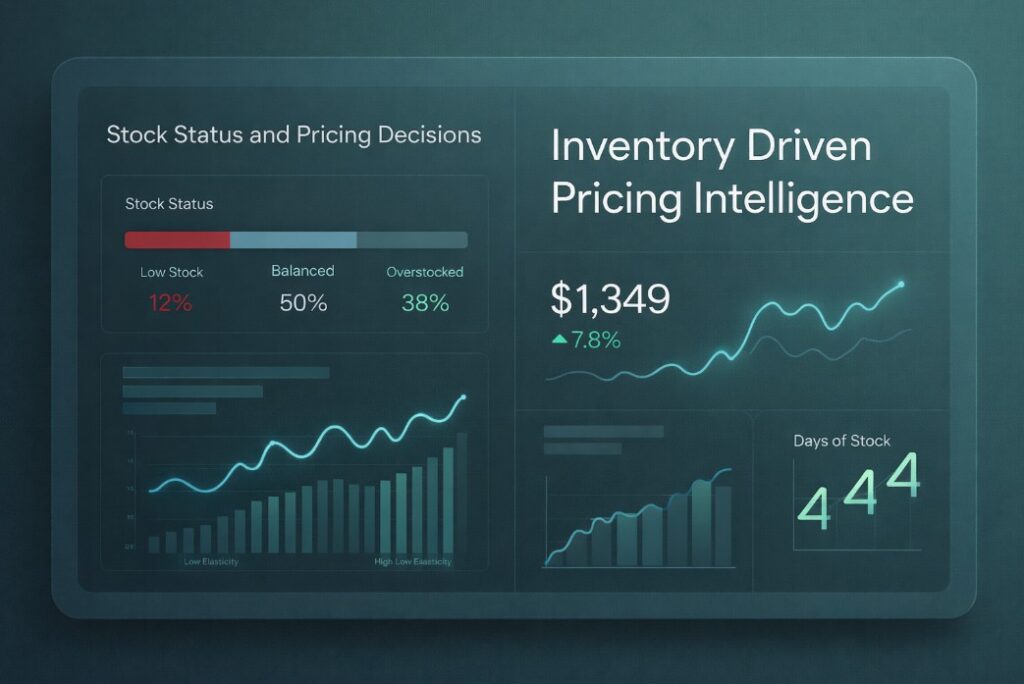
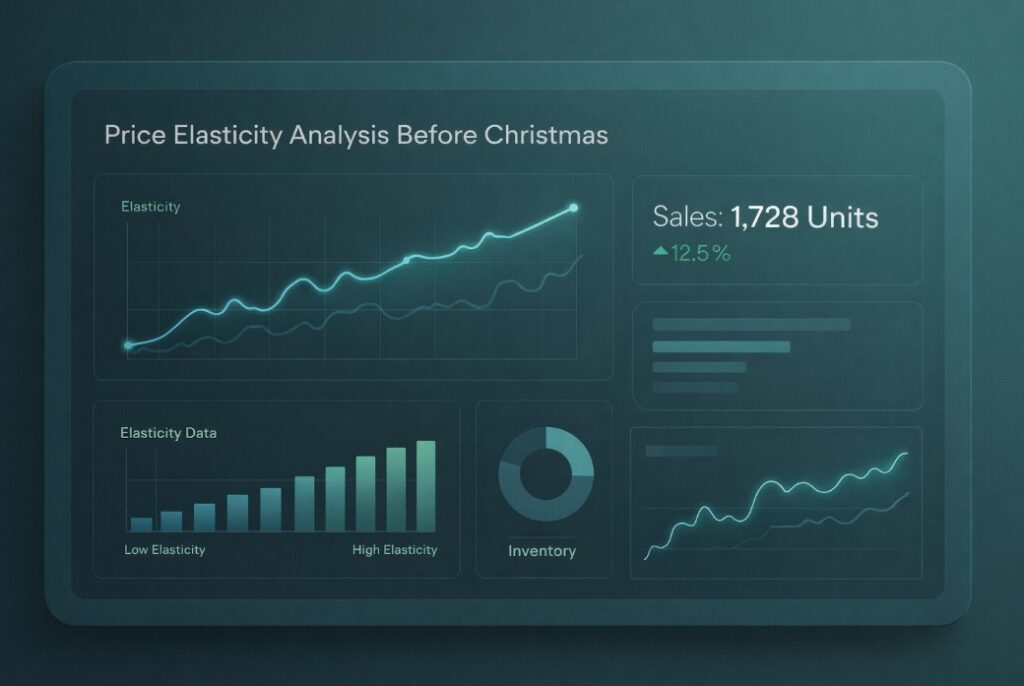
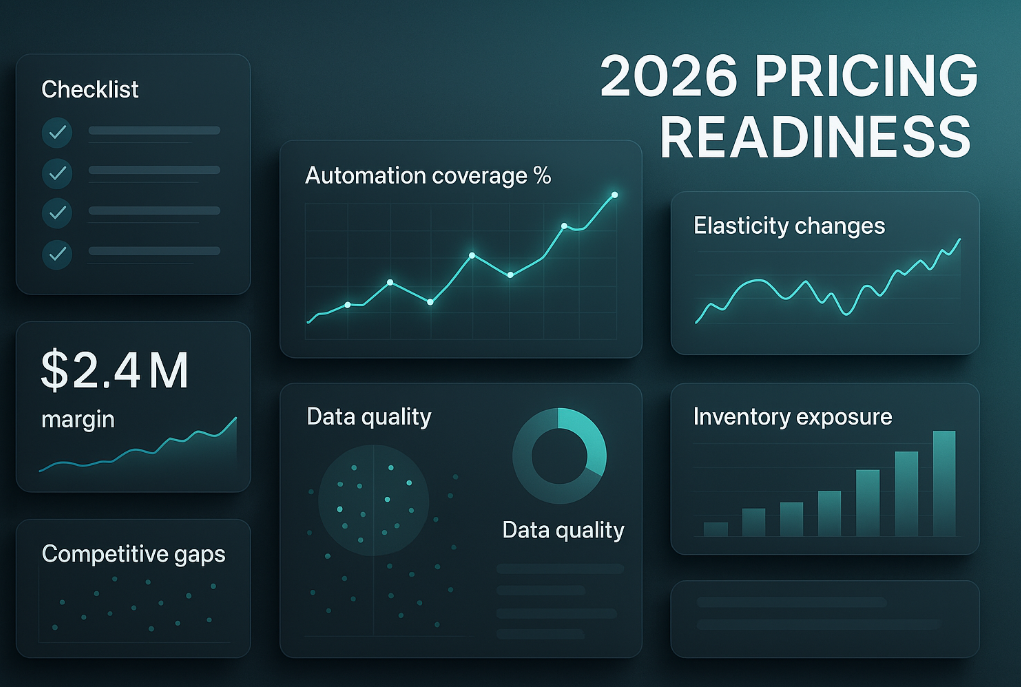

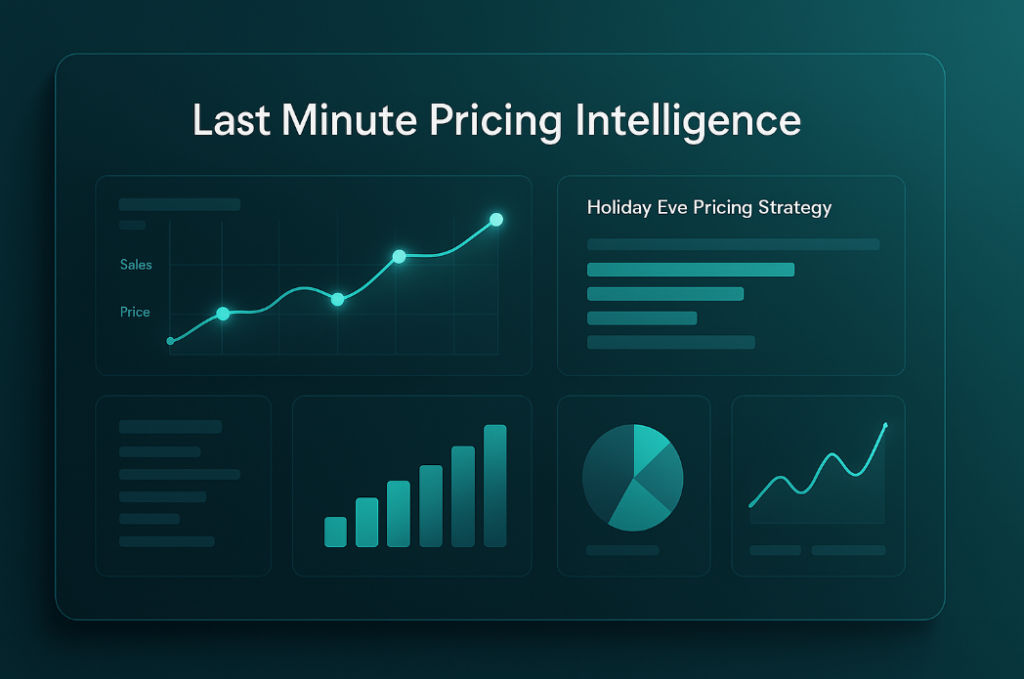







Missing an important marketplace?
Send us your request to add it!